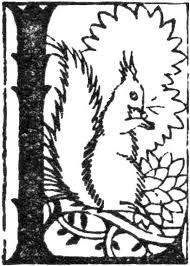 AST WEEK WE LOOKED at the two statues depicted on the reverse of RPC 345, this little coin from Philippi in Thrace--
AST WEEK WE LOOKED at the two statues depicted on the reverse of RPC 345, this little coin from Philippi in Thrace--
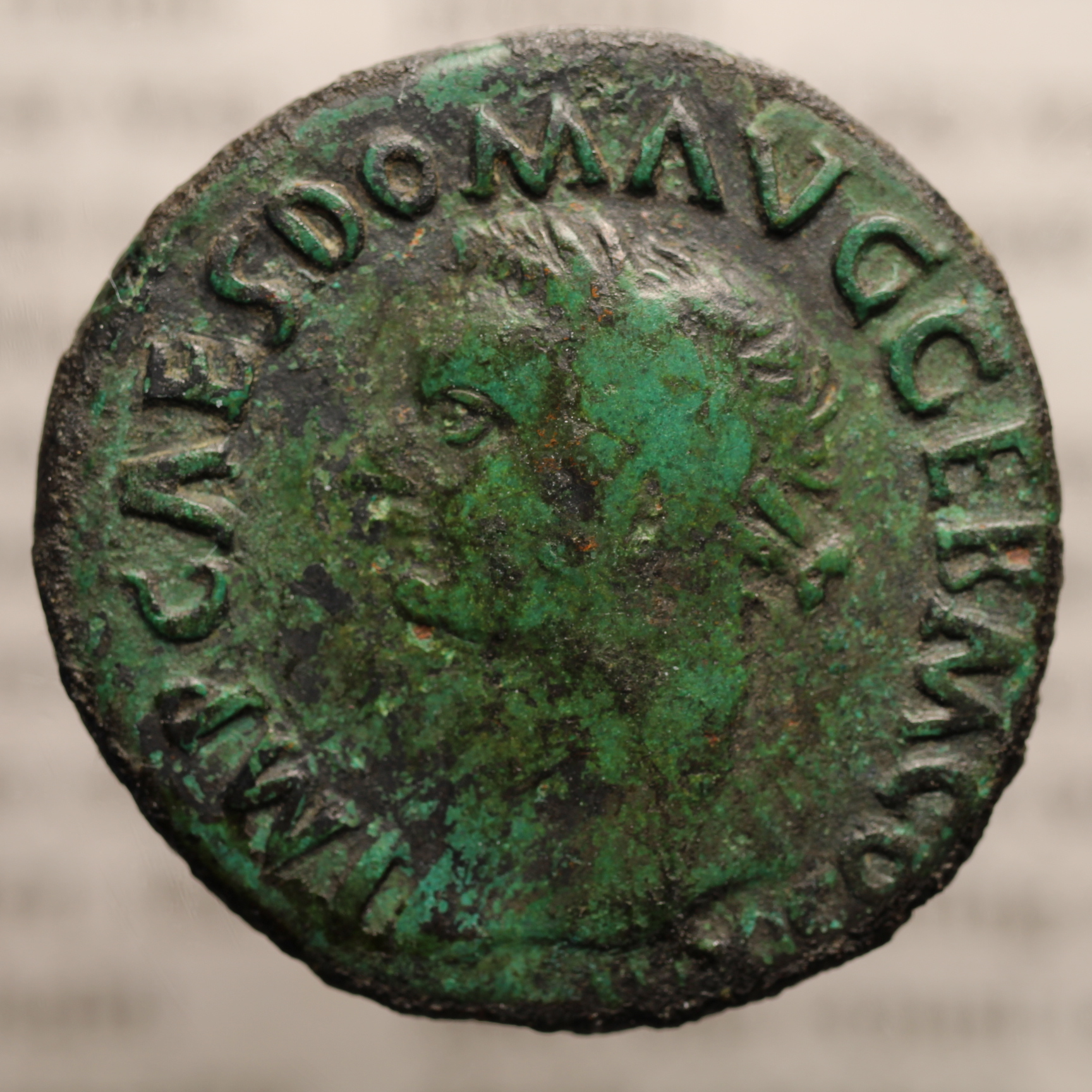
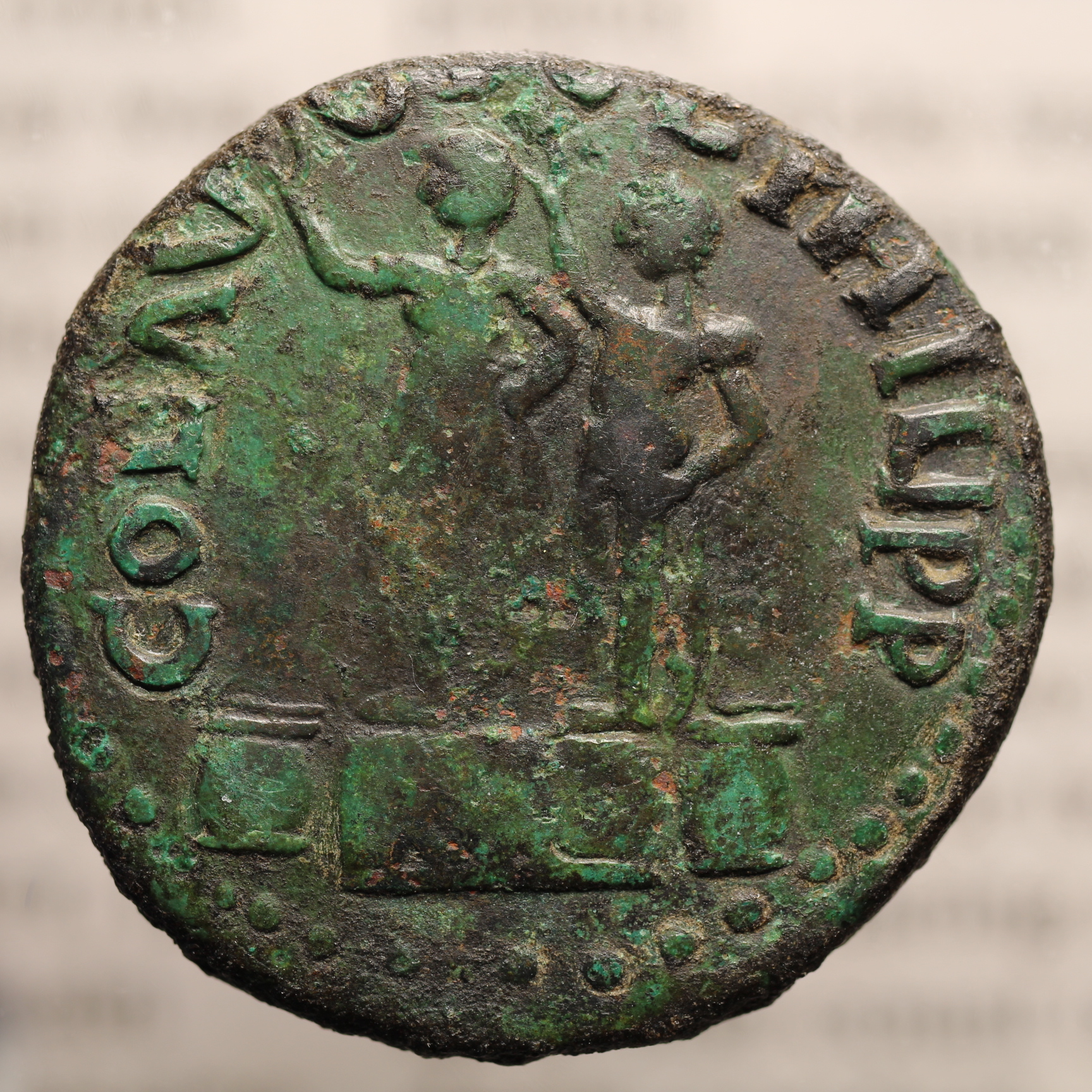
Last week we didn't spend any time on the inscriptions, which is the topic I'd like to cover today. On the obverse it says, IMP CAES DOM AVG GERM COS XIII. COS XIII means it's from the year 87 A.D. This is information I mentioned last week, so it isn't news. What's interesting is the inscription on this provincial coin is in Latin and not Greek! What's the deal here?
Philippi was colonized by Thracians ca 360 B.C. and named Crenides (Κρηνῖδες in Greek, meaning "fountainhead"). In 356 Alexander the Great's father, Philip of Macedon, renamed it Philippi after himself. The Emperor Augustus made it a Roman colony in 27 A.D., settling legionary veterans there and re-renaming it Colonia Augusta Iulia Philippensis, which explains the reverse inscription COL AVG IVL PHILIPP.
So we have Greek-speakers living in Philippi, the descendants of the founders, and also Latin-speakers, the descendants of the Roman veterans, and also ordinary people from all over the world who came and went, it being much easier to do that then than now. Among this cosmopolitan conglomeration were a congregation of Christians, the people to whom St Paul wrote the Epistle to the Philippians.
Let me also mention that, though it isn't evident on this particular coin, the reverse inscription on the base of the statues reads DIVVS AVG.
I sometimes wonder how the Christians, who had such trouble eating the meat sourced from public sacrifice (Acts 15:20, 29; 1 Cor 8:1-11.1), handled the small change of their day, since just about every coin in the world at that time carried the picture of some god or goddess, some false idol or another. This coin, oddly enough, probably wouldn't have been any cause for distress. The reason, it is written in Latin and not in Greek! Let me explain--
Latin had two words, deus and divus. Deus means god, like θεός in Greek. Divus is a special word referring to someone who was deified--by the Roman Senate, in this case. Some emperors, like Augustus, were deified by the Senate after their deaths and some, like Domitian, were not. The Greek language doesn't have a separate specific word that corresponds to divus. They simply used θεός instead.
Here are the obverses of two coins from the Hazelton coll., RIC 45 from the Roman mint and RPC 1727 from the mint of Greek-speaking Tarsus (Paul's birthplace)--
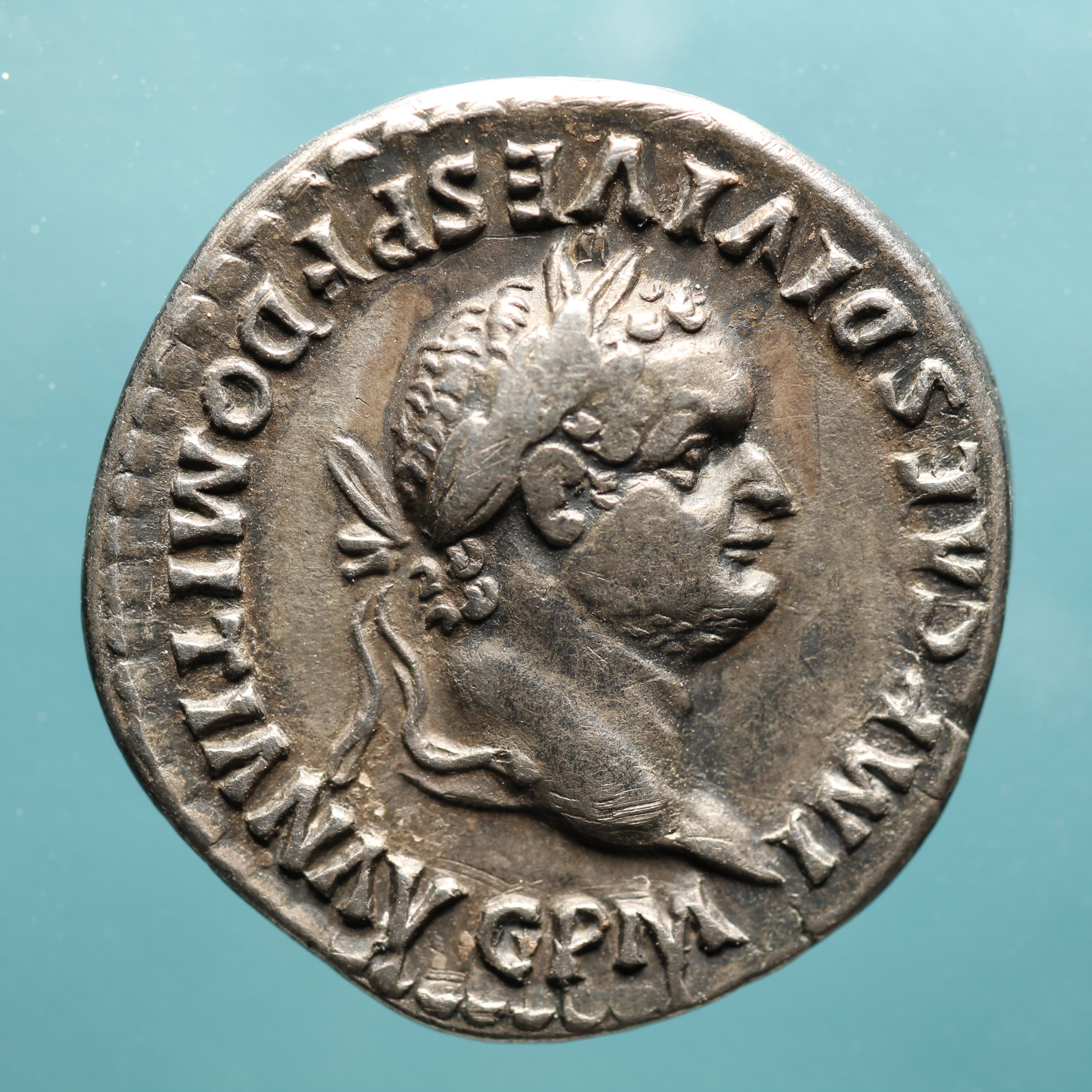
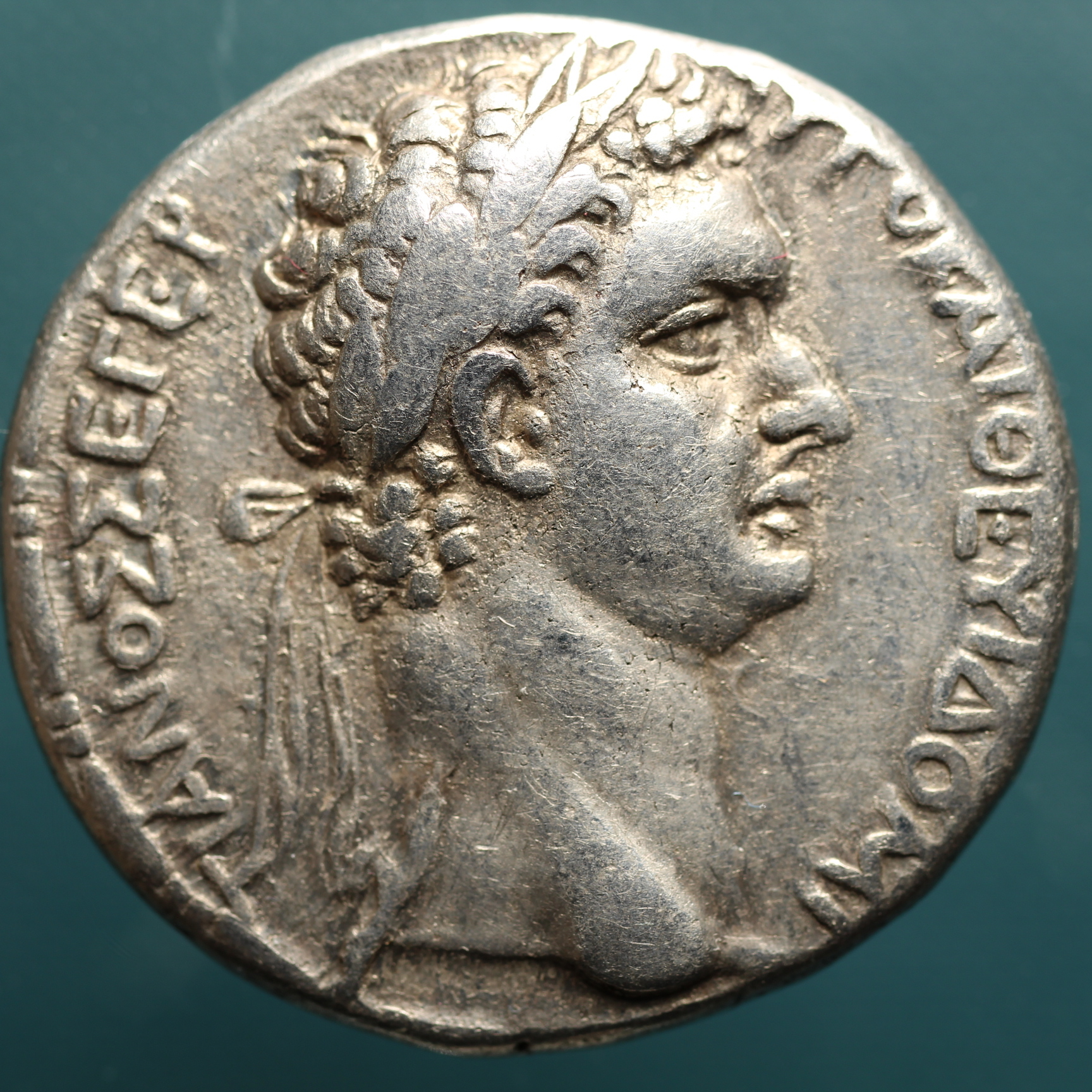
Where the Latin inscription on the left reads DIVI ... F, divi filius, the Greek provincial on the right reads ΘΕ ΥΙ, θεοῦ υἱός. Both coins announce that Domitian is the son of a god. But the Latin makes it clear that Domitian's father divus Vespasian was elected to be a god by a group of men, much as saints are selected today by the Catholic church, and not a real god god.
My point is this, divus clearly indicates an honorary godhood. Having a statue of divus Augustus on the coin the Philippian Christians used in their daily lives must have been easier to bear than having to carry around a Zeus or a Minerva, don't you think?
This is the second article I have written about this coin. Given another week to think about it, I could probably write a third article next week and a fourth a week after that. The thing is, there is always something new. As collectors, I wonder if we always take the time to appreciate what we collect, so that it isn't just a matter of ticking off another box on our checklists. Unfortunately, for most of us enjoying our coins means a special trip in the car to that little room in the bank, which we only seem to take when we need a closer look at something not apparent on a photograph. How sad is that!
Each coin in our possession is special, one of a kind. That's the great advantage we have over the collectors of "round ones," those ugly quotidian modern coins. Ours are like snowflakes. Moreover each one is a message from the past which we can decipher at our leisure.
Next week a look at M4, the Capitoline Minerva.

